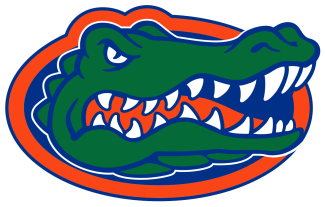Van Raaphorst, a three-year starter and three-time All-ACC performer, earned his second straight USILA first-team All-American honor Thursday. At 6-foot-1, 215 pounds, with a rugged style and ability to eat up ground balls on defense and as a faceoff wing, Van Raaphorst has set the tone for the Duke D since 2017.
At 5-10, 210, Giles-Harris is a three-year starter playing the best lacrosse of his excellent collegiate career. The first close defenseman to earn ACC Defensive Player of the Year honors since the award started in 2012, Giles-Harris joined Van Raaphorst as Duke’s lone first-team representatives on the USILA All-American list.
Prendergast, another All-ACC selection and an impact defender since he showed up in Durham, has operated in tandem with Terry Lindsay for three years to give the Blue Devils stability at the short-stick position. Graduate student Peter Welsh is a fixture at long-stick midfield.
The operation starts with Van Raaphorst and Giles-Harris, who bring toughness, athleticism and tight, on-ball defense designed to harass the top two opposing attackmen.
The strategy has worked for several seasons. After finishing ranked 12th in scoring defense in 2017 and 2018 — which ended with last year's title-game loss to Yale — Duke has upgraded its performance this spring. The Blue Devils have held opponents to single-digit scoring 10 times. Duke is 9-1 in those games.
“We trust each other to cover, to make a play and to do the right thing,” Giles-Harris said. “We’ve got big guys, small guys, fast guys. We’re good at different things. We complement each other, and [assistant] coach [Ron] Caputo has done great things with us.”
“Duke recruits you to be an on-ball [defender] who plays in a system,” Van Raaphorst said. “We’ve got athletes all over the field. That allows us to play to our strengths. I cover righties and J.T. covers lefties. But we don’t worry as much as about matchups. Our strength is in our interchangeability.”


























































